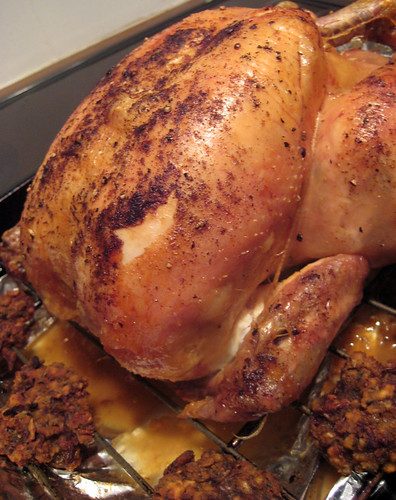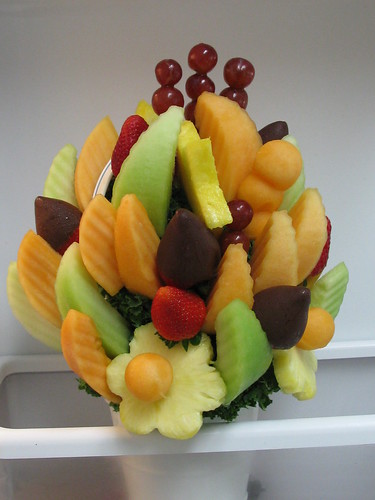Since Casa 3 (Preparatory to Grade 1) our kids are in school the whole day. It is part of the Abba’s Orchard School practical life curriculum to train the children on table manners and use of eating utensils. As the child constantly take lunch on his own, he advances to independence. Wow, I just realized that I have been preparing our kids’ lunchboxes for 4 years now. I didn’t notice it’s been that long, probably because I am enjoying and getting much satisfaction doing it. Having to wake up at 5 o’clock in the morning every school day to prepare healthy but enjoyable lunch and snack treats for our school kids, on top of a healthy breakfast for everybody, is a challenge I am taking with pleasure.
I have been consistently preparing their lunchboxes using the following criteria:
- Variety and Nutrition- go, grow and glow foods should be well-represented and whatever is prepared today should not be repeated tomorrow. No artificial juice, only plain water and milk or choco-milk for their drinks.
- Taste and Preference- finding out their food preferences through consultations and observations, and incorporating those foods in the menu if possible. My daughter’s favorite is cooked ham so I give it to her one day a week. Another favorite is bacon, which they get to enjoy once in four weeks only because of health and cost considerations.
- Perfect Combination- combining food types and recipes that go perfectly together like fried chicken + steamed veggies, and grilled fish + buttered veggies.
- Volume- finding the right balance between how much would satisfy them and how much they should consume to satisfy their nutritional requirement is important. Neither do I want them hungry because their food was not enough nor for them to bring home left-over food for the trash bin. (The school doesn’t tolerate this as well :D)
- Presentation and Color- for most people, especially children, presentation counts. A nicely presented food gets them excited and would entice them to eat. While color contributes a lot to the presentation, it also speaks of the food’s nutritional value. A multi-colored food preparation will more likely supply the varied nutritional requirement of growing children better than a single color dish. So a fried pork chop which is colored brown will be better served with green and orange vegetables and a yellow fruit for dessert.
- Convenience and Safety- making life easier for them by preparing for them simple, easy to eat foods. Boneless and fillet for fish and breast cut for the chicken are the best. Pork or beef are sliced into bite-sized pieces or small strips. Fruits are pre-washed and sliced for them.
- Surprise Factor- often, whatever is packed is not known to them to keep them guessing and inject some excitement. From time to time, I surprise them by adding fruits they love but don’t get to eat often (like grapes) or a piece of chocolate, which they don’t get to eat often as well. With this trick, I earned my halo points
























